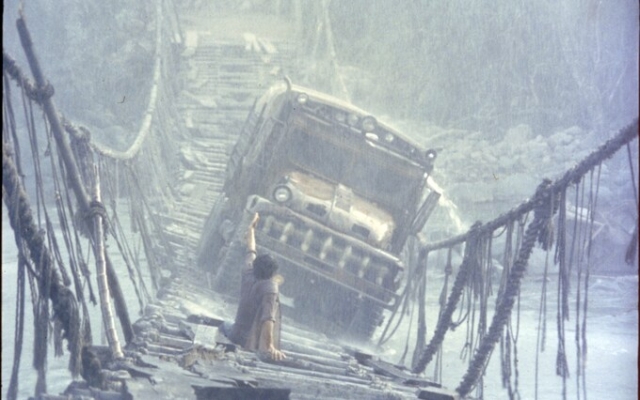 Infernal: The movie's most gripping and cursed scene, shot in Mexico. Universal Pictures Home Entertainment
Infernal: The movie's most gripping and cursed scene, shot in Mexico. Universal Pictures Home Entertainment
The career of the great William Friedkin, who passed away this week at the age of 87, was marked not only by the brilliant directorial successes of the 1970s (The French Connection, The Exorcist), but by the equally dramatic burnout of many perceived as his retribution.
One disastrous production that recouped less than half of his roughly $20 million budget turned him from commercial titan to Hollywood pariah. Ironically, this film is increasingly reminiscent of his greatest film: The Wizard, 1977, a gripping adventure film about risk and destiny.
The myth goes that Wizard opened a week after Star Wars (which Friedkin turned down the chance to produce) and therefore didn't stand a chance. In fact, the gap was a whole month, which, given the gradual rollout of Star Wars, made things even worse. The theaters that ridiculed the George Lucas film on its first release in May begged to jump into action in June and crossed out all other releases with thick black markers. The era of the all-conquering blockbuster has begun.
Those were bad times for any other movie, especially one that was such a hell of an experience where everyone dreamed of a galaxy far, far away. The trailer for The Wizard actually debuted ahead of Lucas' movie on several sites, promising something dark, gritty and ominously dark, starring Jaws star Roy Scheider, three foreign actors alongside him, and not much potential to say the least. merch. . Filmophiles should have known that it was based on the 1950 French novel Le Salaire de la peur (The Wage of Fear), which had already been filmed by Henri-Georges Clouzot in a breathtakingly suspenseful manner in 1953.
< p>The script, which Friedkin commissioned from Walon Green, begins with four vignettes to create his quartet of non-heroic protagonists. Nilo (Francisco «Paco» Rabal) is a hitman who hits a target in Mexico and leaves in cold blood. Kassem (Moroccan-French actor Amida, spectacular in everything) is a Palestinian militant who detonates bombs in Jerusalem, the only one who escaped death or capture from his unit. Victor (Bruno Kremer) is a Parisian banker accused of fraud whose business partner committed suicide. And Jackie (Scheider) is a fugitive Irish mob driver from New Jersey who collides with a truck, killing everyone else on board.
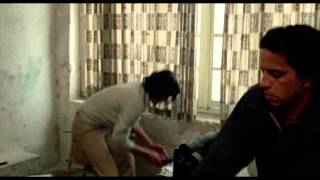
It can be said that these four men chose their destiny in life, but Friedkin and Green dispute this view. After all, by a lucky chance, they had already lived to see it. Fate unites them in Colombia, where we see how they drag out a godforsaken existence under false names. The rest is slings and arrows.
At the forty-first minute, the nearest oil well explodes. The only way to put out the fire is to use nitroglycerin, which the oil company has incompetently hidden 218 miles away in incredibly dangerous terrain. The harsh equation of the film is written off in chalk. Two trucks; four people who have nothing to lose; a ton of unstable explosives; and a hefty payoff to allow them to start a new life — if they don't all burn down. “The package seemed to me a metaphor for the countries of the world,” Friedkin writes in his 2013 memoir. «Find a way to work together or explode.»
It is generally accepted that the name was a mistake. Friedkin was listening to Miles Davis' 1967 album Sorcerer and just got attached to the word. This led him to think about the evil wizard — he ventured to declare that «Fate was the evil wizard.» However, audiences were tuned in to something supernatural in The Wizard — and duly bewildered.
Casting was a headache. Friedkin had four roles earmarked for specific stars, but only landed one of his first roles, Amida. As for the role of Scheider, he never wanted anyone other than Steve McQueen, then the highest paid actor in the world, who was thrilled with the script. It almost worked.
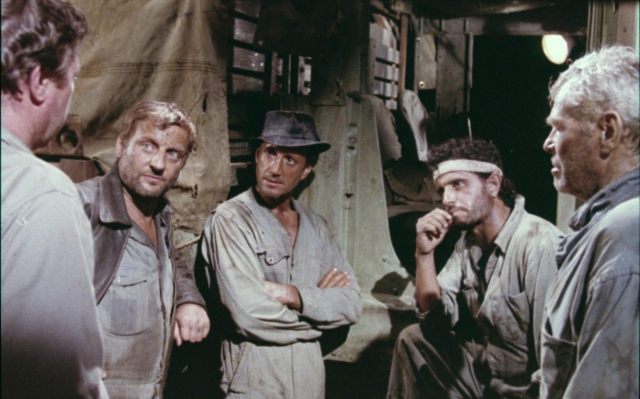 Mad Men: From left to right, Bruno Kremer, Roy Scheider and Amidu in The Wizard. Credit & Copyright: Universal Pictures Home Entertainment
Mad Men: From left to right, Bruno Kremer, Roy Scheider and Amidu in The Wizard. Credit & Copyright: Universal Pictures Home Entertainment
Friedkin went on exploration to Ecuador, where he fell in love with the local semi-active volcano Cotopaxi. McQueen didn't want to go somewhere so far away for such a long time — he had just married Ali McGraw and didn't want to leave her. Two of the star's proposals — to write the role of McGraw or to make her an associate producer — met Friedkin's categorical refusal. “How arrogant I was,” he later wrote. «I didn't know then that I realized: a close-up shot of Steve McQueen is worth more than the most beautiful landscape in the world.»
After McQueen left, Marcello Mastroianni also left as Nilo. Gene Hackman, Paul Newman, Kris Kristofferson and Robert Mitcham declined. (“Why would I need to drive to Ecuador for two or three months to fall out of a truck?” Mitchum asked Friedkin. “I can do it out of the house.”) Lino Ventura, assigned to play Kremer, declined to take second place. billing, unless it was McQueen and dropped out too.
Friedkin then lost Ecuador. The head of Universal, Lew Wasserman, insisted that he could insure Steve McQueen's car, but the new package was much more unreliable. Only by sharing the risk with another partner was Universal able to increase the $15–20 million budget. Paramount head Charlie Blahdorn suggested that the bulk of the film be filmed not in Ecuador, but in the Dominican Republic, which at the time was largely a subsidiary of Paramount's parent company, Gulf and Western. A cheaply operated, untaxed labor force and Paramount taking half the cost saved the Sorcerer from the dump.
For Friedkin's desperate vision of life at the end of the world, the dirt-poor places they found would be terribly appropriate. «A prison without walls» is how he described the main location of the Villa Altagracia, «with a sense of perpetual poverty and persecution.» The irony of corporate interests dictating the place for this apparently anti-corporate parable did not escape the attention of its militant director. In one scene, he used a photograph of the Persian Gulf and a Western featuring Bluedorn to represent the corrupt rule of the film's fictional oil company. According to Greene, when Bluedorn spotted himself in the frame, «he was bleeding like shit.»Roy Scheider starred in The Wizard after Steve McQueen dropped out. Photo: UNIVERSAL PICTURES/Moviestore/Shutterstock
Before all this, there was a prologue that had to be fought. In Jerusalem, with the help of Israeli security forces, a film crew staged a simulated explosion in a bank so powerful that it shattered a window in the City Hall opposite. At the same time, a real terrorist attack took place two blocks away, and Friedkin's film crew rushed there to steal footage of the aftermath. In New York, they burned 10 days and seven cars while trying to pull off a mid-air stunt that killed everyone except Jackie.
Danger and delay are noted at almost every stage of filming. At the three-quarter mark of the film, four men must blow up a giant caoba tree, 40 feet long and 10 feet wide, that is blocking the way for trucks in the jungle. This was to be achieved on camera with explosives hidden in a tree trunk. Just as they were all gathered, a whirring helicopter swept overhead — it was Bladorn, who had flown in for an inspection. «This Fvidkin is just a genius!» he announced to his entourage when they explained the essence of the shot.
Everyone was waiting on pins and needles. But this explosion was too weak, barely throwing a few branches into the air, and Bluedorn passed out without a word. Ironically, given the plot, extra explosives had to be recruited, provided by one of Friedkin's old buddies, a dubious Queens character nicknamed «Marvin the Torch,» who made his living by blowing up bankrupt businesses for insurance money. He arrived with two suitcases marked «beauty products», destroyed the tree and left.
Over and over again, tediously, filming went on. Almost half of the crew had to be hospitalized or sent home with amoebic dysentery, gangrene or malaria. Friedkin dropped 50 pounds and fired five production managers. (It was in this film that his exuberant nature earned him the nickname «Hurricane Billy».) He also lost his loyal line producer Dave Salven to an ultimatum to divorce from the man's wife if he didn't leave.
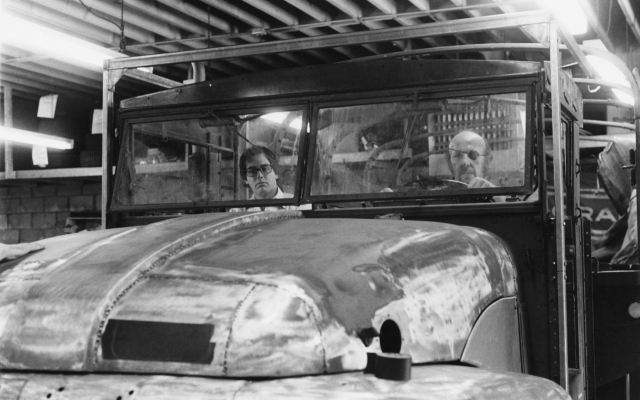 Director William Friedkin on the set of The Wizard in 1977. Photo: Everett Collection Inc/Alamy Stock Photo
Director William Friedkin on the set of The Wizard in 1977. Photo: Everett Collection Inc/Alamy Stock Photo
Friedkin's cameraman Ricky Bravo, who fired on the Cuban revolution on Castro's side, held the course. But cinematographer Dick Bush (Tommy, Culloden) lost confidence when he realized he had underexposed all of the jungle footage.
In the film's most spectacular scene, trucks cross an old wooden suspension bridge over a turbulent river during a tropical storm. This is the most impressive set in Friedkin's career. You feel every inner push, but filming this show was a horror for ages.
Friedkin came to this without a script or storyboard, just with a clear idea in mind. Production designer John Box, a David Lean veteran, built the $1 million bridge with a hidden hydraulic system, metal supports, and invisible cables to attach trucks so they sway without tipping over. It was supposed to be 200 feet long — the width of the best river they could find — and it took three months to build.
But as the building went on, the rains stopped and the river became a dry bed . That's the raging current in Friedkin's head: they built a $1 million bridge across nothing. This project was getting cursed, the director realized.
Leaders urged him to come up with a simpler sequence, but Friedkin «became, like Fitzcarraldo,» as he put it, «the man who built an opera house in the Brazilian jungle. My obsession is out of control. […] No one in their right mind would have continued this course, but no one was in their right mind.»
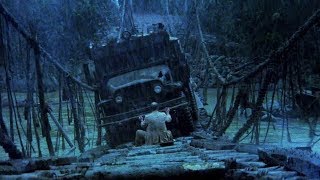
At the same time, Francis Ford Coppola was also deeply immersed in his maddening jungle shoot in the behind-schedule Apocalypse Now, or Apocalypse Later, as the pranksters in the press dubbed it. These were the days when famous authors were rushing upstream a la Conrad and losing all touch with reality.
Friedkin sent scouts to the Papaloapan River outside Tuxtepec in Mexico, which was in good health, and then demanded permission to dismantle the bridge, fly over it, and anchor it again. Upon Friedkin's arrival at the ancient Aztec village where they were to settle down to film the bridge, he was greeted with a strange sight. There seemed to be a mass exodus as men, women and children left their homes with all their belongings. He asked one of his scouts why. «They were deeply religious people,» he was told, «and the man who filmed The Exorcist came to their village.»
Even the Papaloapan River got hibi jibis. The current has decreased — again! — to the stream, so other sections upstream had to be diverted to it with the help of pumps. Half a dozen giant sprinklers brought rain; wind machines, monsoon. And the cameras finally turned on. Even though they were attached, the trucks fell off the bridge seven or eight times and the stuntmen (mostly) fell. But months and months later, they finally filmed the scene. Worth $3 million, it will be the centerpiece of the hellish existential odyssey that Friedkin has always planned.
American critics didn't understand The Wizard at all, and that, unfortunately, mattered. Indeed, it's hard to say what hurt more — the harsh reviews or Star Wars. The criticism had a tone of retribution—»personal attacks, probably well-deserved, based on my callous, self-absorbed behavior», Friedkin later reflected. «It was payback time and I was a piñata.»
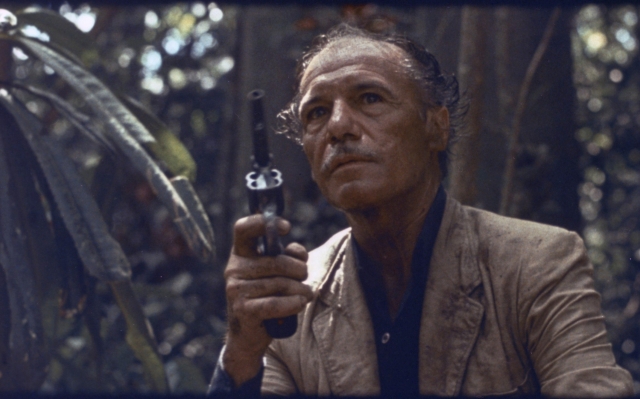 Francisco Rabal in The Magician. Image Credit & Copyright: Universal Pictures Home Entertainment»Something went wrong?» began Charles Champlin in the Los Angeles Times, a man who knew Friedkin well and praised his previous films to the skies. Picking up the newspaper in his slippers on the morning after his release, Friedkin opened it at these words, and his heart sank. Whatever went wrong during the 10-month-long creation of Sorcerer was reflected in the press. There was a myopic refusal to step into the abyss of the end result, no matter how difficult.
Francisco Rabal in The Magician. Image Credit & Copyright: Universal Pictures Home Entertainment»Something went wrong?» began Charles Champlin in the Los Angeles Times, a man who knew Friedkin well and praised his previous films to the skies. Picking up the newspaper in his slippers on the morning after his release, Friedkin opened it at these words, and his heart sank. Whatever went wrong during the 10-month-long creation of Sorcerer was reflected in the press. There was a myopic refusal to step into the abyss of the end result, no matter how difficult.
The film remains a wild, frantic ordeal filled with imagery that gives it a feverish nightmare quality. There is no salvation for the heroes at the end of The Sorcerer — the director did not have it either. Friedkin alienated not one but two studios; Universal promptly canceled his production deal. In the following months, a weak, nauseated Friedkin found that he was still feeling the lingering effects of contracting malaria during filming. He flew to Paris with his wife, Jeanne Moreau, to recover and take stock before resuming the rest — a much smaller part — of his career. before a European audience, was «mutilated» without his consent, the entire prologue was gone, and several shots were flavored with flashbacks. In his favorite version, it is a deadly masterpiece, albeit born from a perfect storm of bad karma. A thriller battling a cruel joke of fate has received a hell of a black eye at the hands of Destiny.
Box office poison: A Hollywood story behind 26 flops, by Tim Robie, will be published by Tim Robie. Faber in 2024

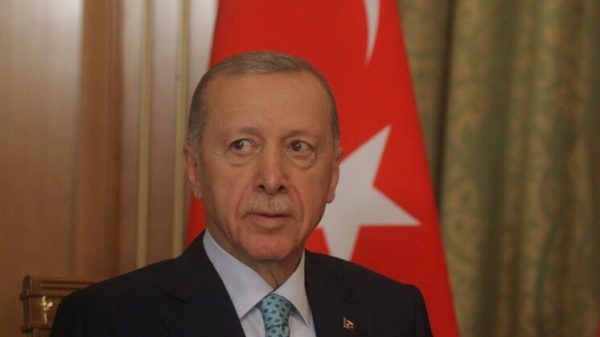
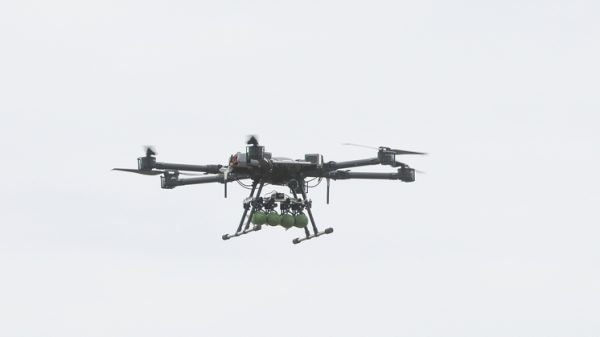

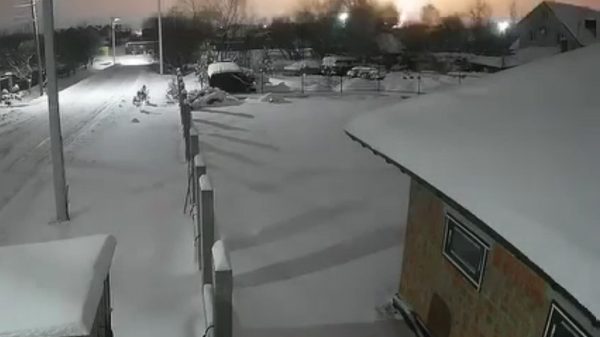
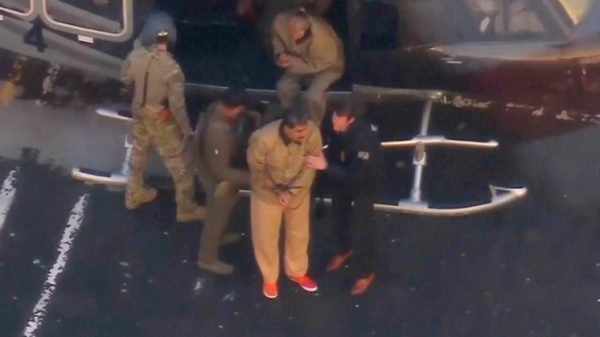

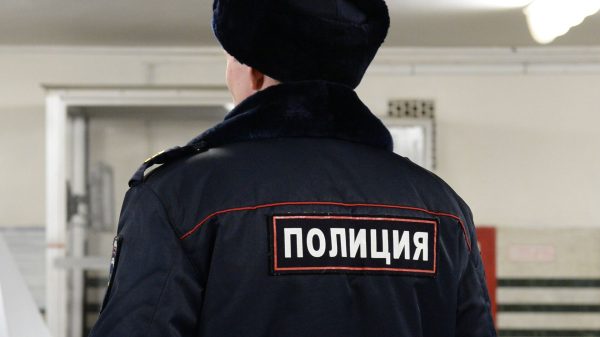
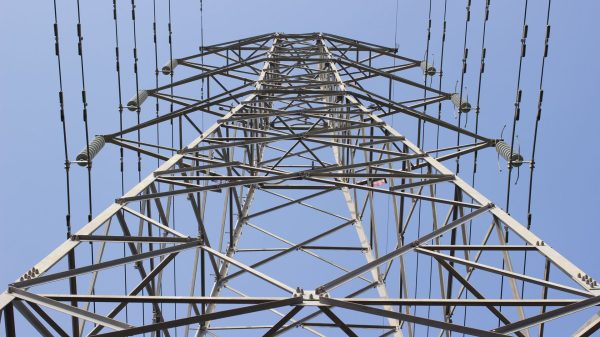
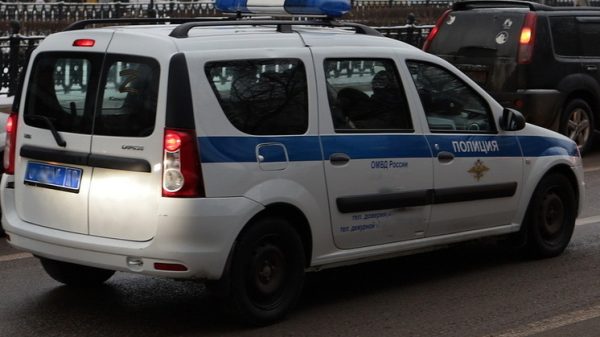
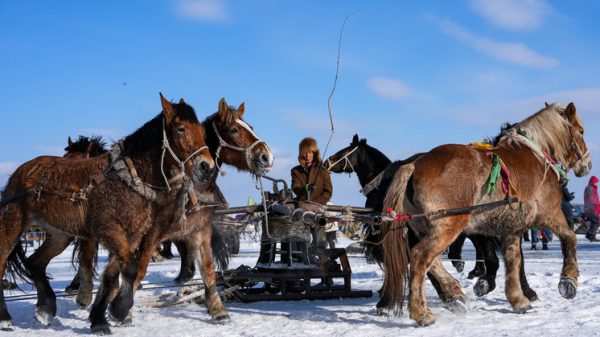

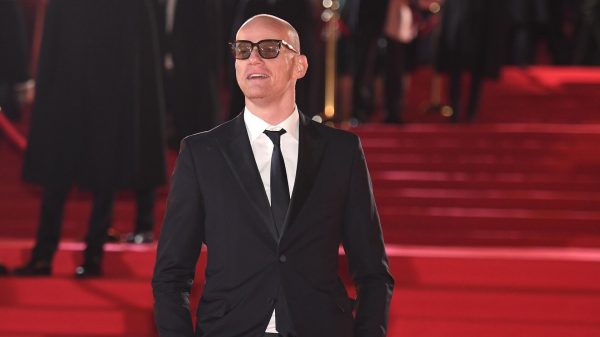


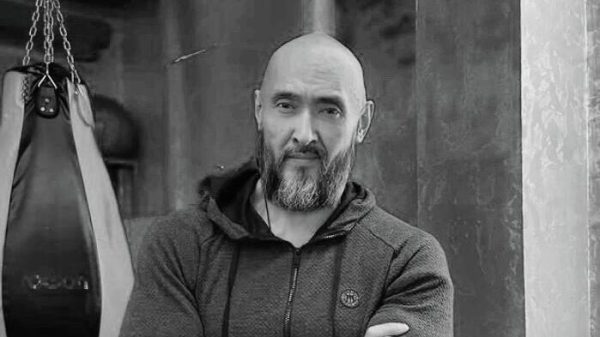




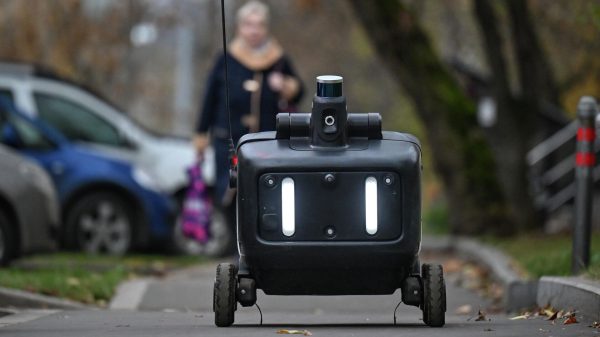

















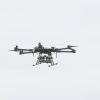



















Свежие комментарии